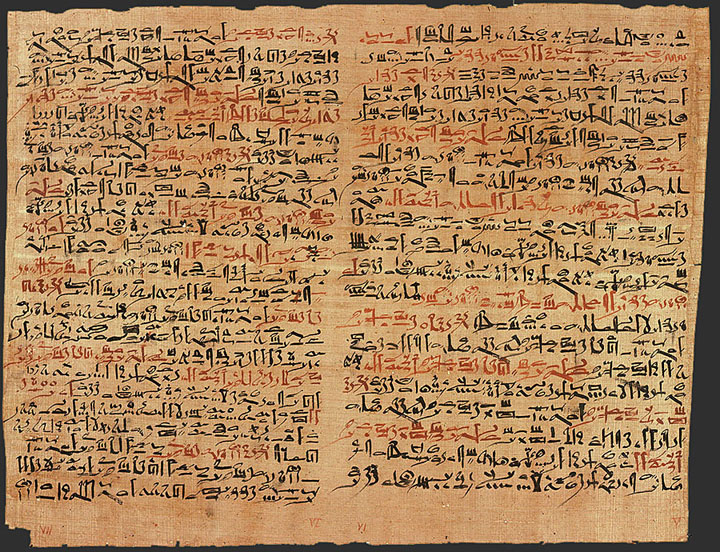

From a cited quotation in another text, it may have been known to ancient surgeons as the 'Secret Book of the Physician'. Volume 2 contains collotype facsimiles of the Papyrus, which originally was in a continuous roll but for the sake of convenience has now been cut into columns of text. Read Edit Tools The Edwin Smith Papyrus documents ancient Egyptian medicine, including the diagnosis and treatment of injuries. The Edwin Smith Papyrus is an ancient Egyptian medical text, named after Edwin Smith who bought it in 1862, and the oldest known surgical treatise 2 on trauma. Volume 1 contains a historical introduction to the document, followed by translation and commentary. Repeatedly the surgeon, because of his scientific interest in the observable facts, discusses cases of injured men whom he has no hope of saving.

It contains, for example, for the first time in human speech a word for "brain." Disclosing an inductive method and an attitude surprisingly scientific in an age so remote from modern times, it forms a new chapter in the history of science. Several cases discuss the brain, meninges (.

The text describes anatomical observations and the examination, diagnosis. The Edwin Smith papyrus, written by physicians in Egypt around 1700 BC contains a description of 48 medical cases. Breasted's attention, and finally under his close scrutiny has revealed itself as the oldest known scientific treatise surviving from the ancient world, is described in the Introduction to one of the most illuminating glimpses we have ever had into the astonishingly developed medical knowledge of ancient Egypt.īoth to the medical profession and to the lay reader the Surgical Papyrus will be of intense interest. The Edwin Smith Papyrus was written in hieratic script in ancient Egypt. How it came into the possession of the New York Historical Society, lay many years virtually unnoticed, was at length "rediscovered" and brought to Dr. According to Breasted, the Edwin Smith Papyrus is a copy of an ancient composite manuscript which contained, in addition to the original authors text (3000. For instance, in case 1 of the Edwin Smith papyrus. Edwin Smith, a man of great intellectual gifts, purchased what is now known as the Edwin Smith Surgical papyrus. The Smith papyrus, possibly written by Imhotep the physician-architect who designed and built the step pyramid at Sakkara in the 30th century BC under Pharaoh Djoser, is believed to contain the first reference to breast cancer (case 45) when referring to tumors of the anterior chest. Written in hieratic script in ancient Egypt around 1600 B.C., the text. Early in 1862, during his residence in Thebes, Mr. English: The Edwin Smith papyrus, the worlds oldest surviving surgical document. Behind the scientifically accurate study and publication of The Edwin Smith Surgical Papyrus, the most important document in the history of science surviving from the pre-Greek age of mankind (seventeenth century b.c.), lies a story as remarkable as the papyrus itself.


 0 kommentar(er)
0 kommentar(er)
